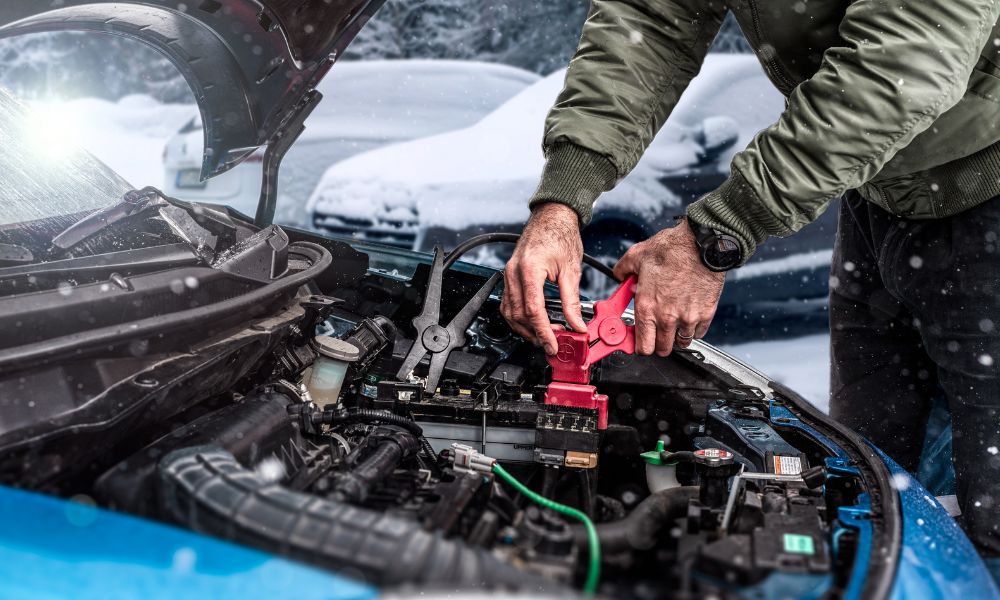Winter is right around the corner and it’s important to think about cold weather woes. While most people know the hazards of icy roads and frigid temperatures on personal health, it’s easy to overlook the impact of the cold on household objects. Discover which common items cold weather can damage and learn how to protect them.
Electronics
Cold weather can affect smartphones, laptops, TVs, and other devices. In particular, extreme temperatures can cause quick battery drainage, slow performance, and even permanent damage (i.e., the device becomes unresponsive). It’s important to keep your electronics at a moderate temperature and avoid exposing them to unheated rooms for prolonged periods.
Pipes
Unfortunately, a temperature drop can create problems inside your home. Specifically, pipes are common items that cold weather can damage. Frozen pipes can burst, leading to significant water and structural damage. Water can also seep into your home’s wiring and cause electric shock or fires. You can avoid costly repairs and serious problems by keeping your home at a steady temperature and insulating exposed pipes.
Car Batteries
Extreme cold can cause your car battery to lose charge and make it unable to power your vehicle if you park your car outside during the winter months. The chemical reaction inside the battery slows down when the temperature decreases, making it harder for the battery to produce enough power. This slowed chemical reaction can lead to permanent damage, causing you to purchase a new battery. However, you can park your vehicle in a garage or install a battery warmer to avoid the fuss.
Antique Wooden Furniture
Antique wooden furniture is also susceptible to damage. Some ways that the cold can affect your antiques are causing the wood to warp or crack. Changes in temperature can cause wood to expand and contract, resulting in splitting. Keep your home at a consistent temperature and avoid exposing furniture to drafts to avoid these damages.
Clothing
Furs, suede, silk, and leather are particularly sensitive to the cold, and prolonged exposure to freezing temperatures can cause discoloration, cracking, or mold growth. Make sure to store your clothing at room temperature. Consider under-bed storage bins to hold your garments if you have limited space.
Courtesy of Shea Rumoro



